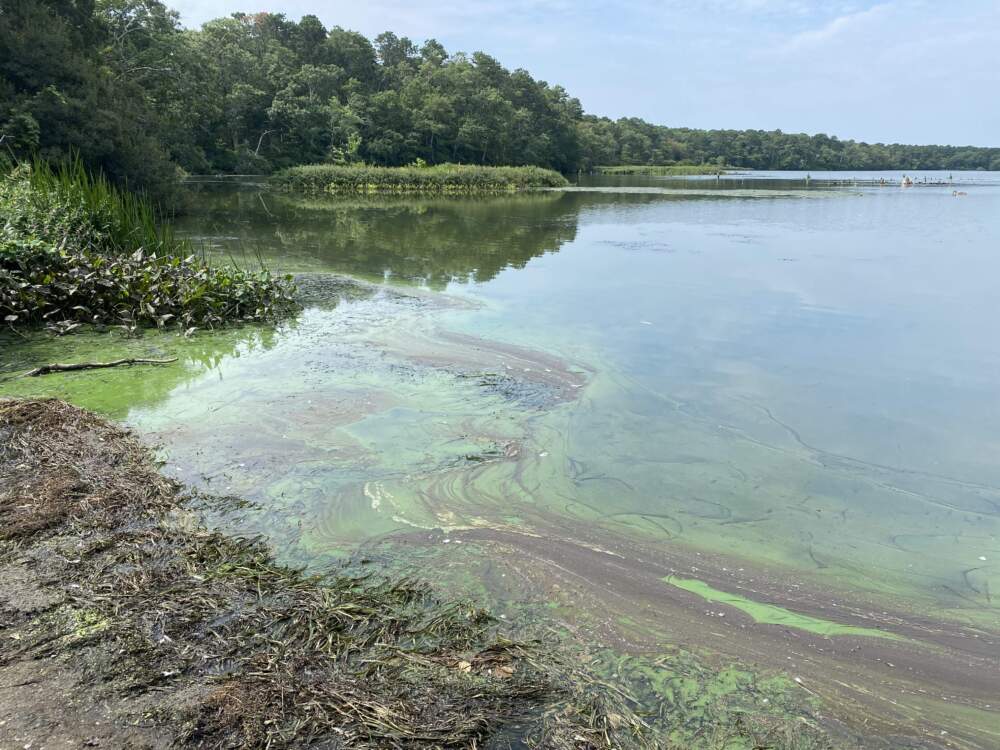Parts of central and western Mass., Nantucket in critical drought
October 10, 2025
Support WBUR

Parts of central and western Massachusetts and all of Nantucket are in a critical drought, according to data released Friday from the state Department of Energy and Environmental Affairs. State officials said residents in those areas should stop all non-essential water use and be extra cautious with outdoor fires and grills.
Although rain in the spring and early summer helped bring much of the state out of drought, below-normal rainfall from July through September has caused conditions to worsen in parts of the state. The entire state is now in a drought, with conditions ranging from mild to critical.
The drought has not caused any issues with drinking water or the overall water supply so far, though there have been some reports of private wells running dry, according to the state.
The below-normal groundwater and streamflow in much of the state has prompted some ecological and public health concerns, including persistent algal blooms.
The Department of Public Health currently lists more than two dozen lakes, rivers and ponds across the state with harmful algal blooms, including multiple ponds in Plymouth and Cape Cod, as well as sections of the Charles River. Dalene LaPointe, an assistant director of environmental toxicology at Mass DPH said drought and heat cause algal blooms to “stick around longer and get worse.”

“We need some rain to flush and clear the blooms out of the water,” she said.
Blue-green algae, or cyanobacteria, blooms in freshwater and can produce toxins that are harmful to humans and pets if swallowed; touching the water can also cause skin rashes.
Low rivers and streams are also causing problems for fish, with at least one reported fishkill in Braintree, where pickerel died stranded in shallow puddles. State officials also report that river herring and other diadromous fish that migrate between salt and fresh water are trapped in freshwater ponds; the streams they usually follow to the sea have dried up.
“They want to leave when they hit a certain size. They need to get out to the ocean to keep feeding,” said Brad Chase, who oversees diadromous fish for the Massachusetts Division of Marine Fisheries. “It can be a problem for their population health if they can’t get out.“
“It’s been a very concerning year overall for fish passage,” he added.
Chase said that river herring are important prey for other fish and birds, and also support commercial and recreational fisheries. He said the state is actively monitoring the stranded fish, and may intervene by channeling water through certain areas to help the fish on their way.
Search
RECENT PRESS RELEASES
Related Post




